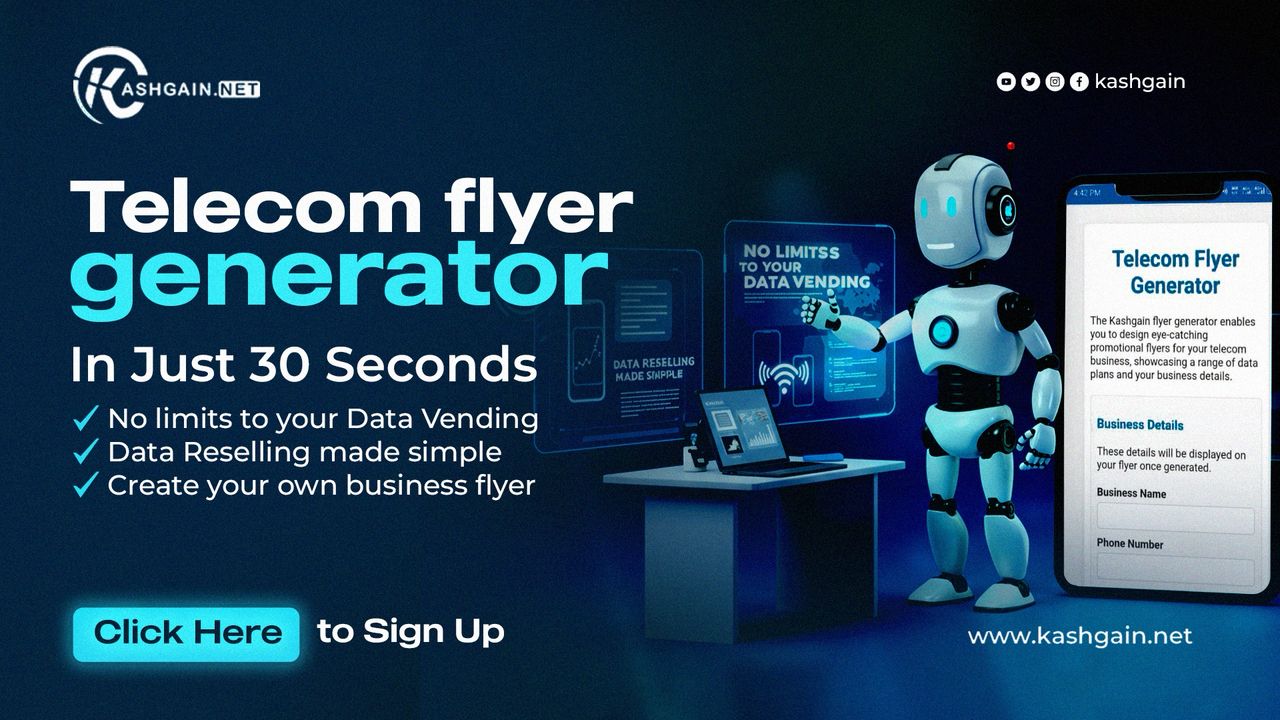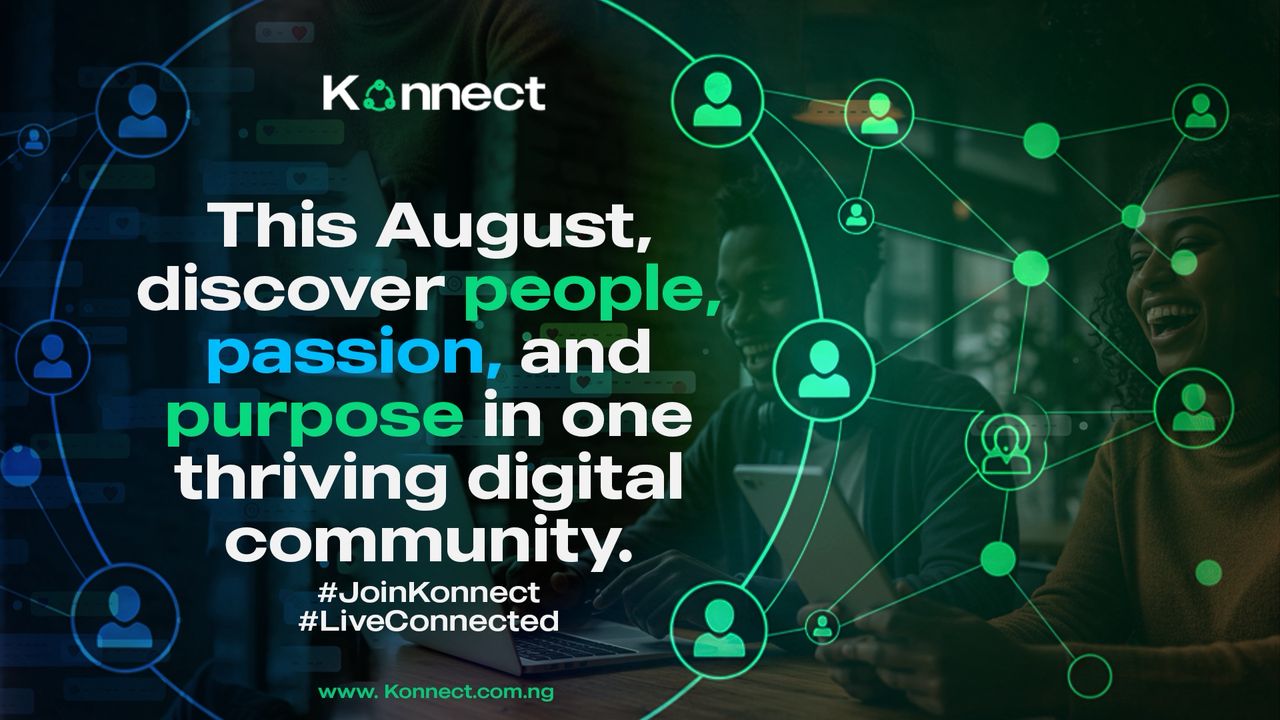Digital Literacy In Nigerian Schools: 5 Strategies That Work
In today’s tech-driven world, digital literacy is no longer optional—it’s a necessity. For Nigerian students, learning how to use technology effectively is just as important as reading and writing. Digital literacy goes beyond knowing how to use a computer; it involves understanding how to find, evaluate, create, and communicate information using digital tools safely and responsibly.
However, despite its importance, many Nigerian schools still struggle to fully integrate digital literacy into their curriculum due to challenges like poor internet access, inadequate devices, and lack of teacher training. The good news is, there are proven strategies that can help.
In this guide, we’ll explore five practical strategies that are already making a difference in Nigerian classrooms.
1. Integrating Technology into Everyday Lessons
One of the best ways to teach digital literacy is by using technology in daily learning activities—not just in ICT classes.
-
Teachers can use educational apps, videos, and digital quizzes to make lessons interactive.
-
Tools like Google Classroom, Kahoot, and Microsoft Teams can help students learn how to use technology while studying other subjects.
-
By embedding tech in all lessons, students naturally become more confident with digital tools.
Example: A mathematics teacher can use an online graphing tool to explain equations, while a literature teacher can encourage students to research authors online.
2. Providing Teacher Training in Digital Skills
Teachers are the bridge between students and technology. Without proper training, even the best gadgets can remain unused.
-
Regular workshops on using educational software, online safety, and modern teaching tools can improve confidence among teachers.
-
Training should also cover troubleshooting common tech problems to reduce downtime in class.
Pro Tip: Partnering with NGOs and tech companies like Microsoft Education and Google for Education can bring free training programs to schools.
3. Access to Affordable Devices and Internet
Digital literacy cannot grow without access to the right tools. Many Nigerian students have little or no access to computers or tablets.
-
Schools can adopt a "shared device model", where multiple students use one device for collaborative learning.
-
Introducing solar-powered computer labs can help rural schools without steady electricity.
-
Partnering with telecom providers can also help offer subsidized internet packages for educational purposes.
4. Promoting Safe and Responsible Internet Use
While the internet offers many learning opportunities, it also comes with risks. Students must be taught cyber safety.
-
Lessons on avoiding online scams, protecting personal information, and spotting fake news should be part of the curriculum.
-
Role-play exercises can help students practice safe online interactions.
Example: Teachers can organize “Cyber Safety Week” with activities focused on digital responsibility.
5. Encouraging Creativity and Problem-Solving with Technology
Digital literacy is not just about consuming information—it’s about creating and innovating.
-
Encourage students to work on projects like building simple websites, creating YouTube videos, or designing mobile apps.
-
Introduce coding clubs and robotics competitions to develop problem-solving skills.
-
Celebrate student innovations with tech fairs and exhibitions.
Conclusion
Digital literacy is a critical skill for preparing Nigerian students for future careers and global opportunities. By integrating technology into lessons, training teachers, ensuring access to devices, teaching safe internet practices, and promoting creativity, Nigerian schools can bridge the digital gap and empower the next generation.
The future of education in Nigeria is digital—and it starts in the classroom today.













